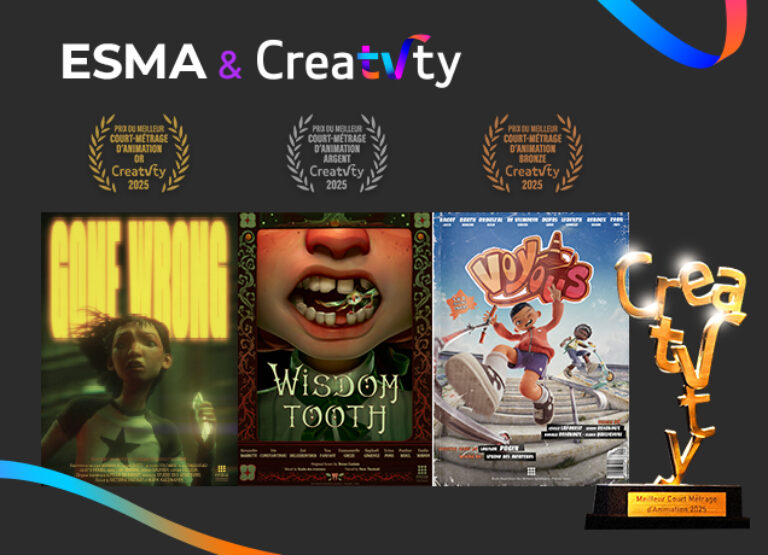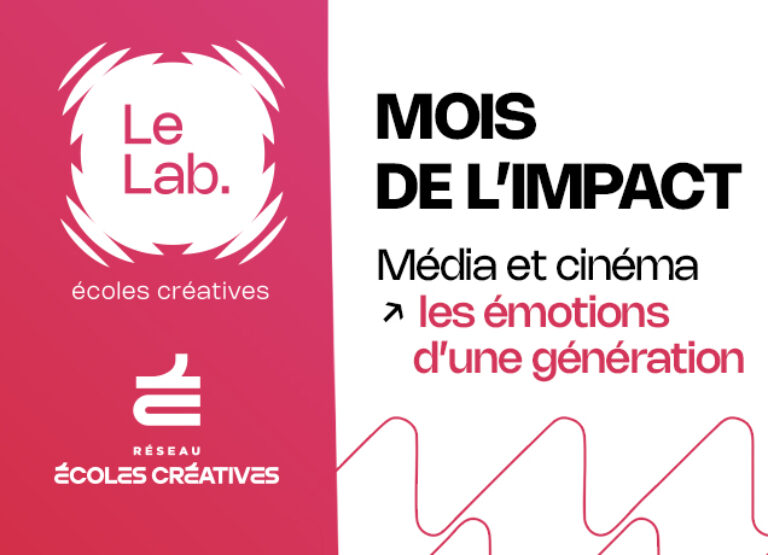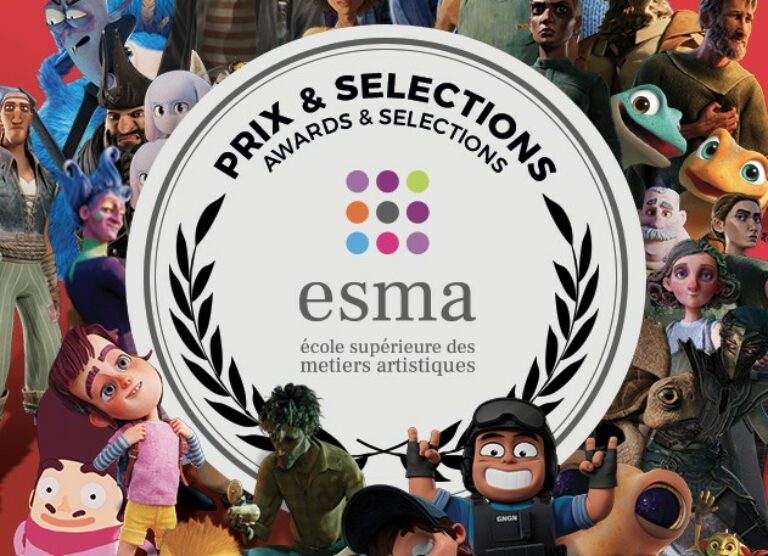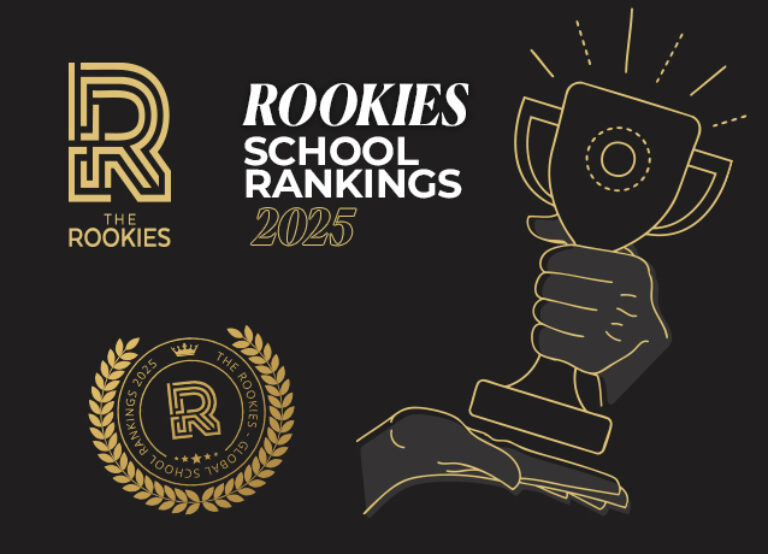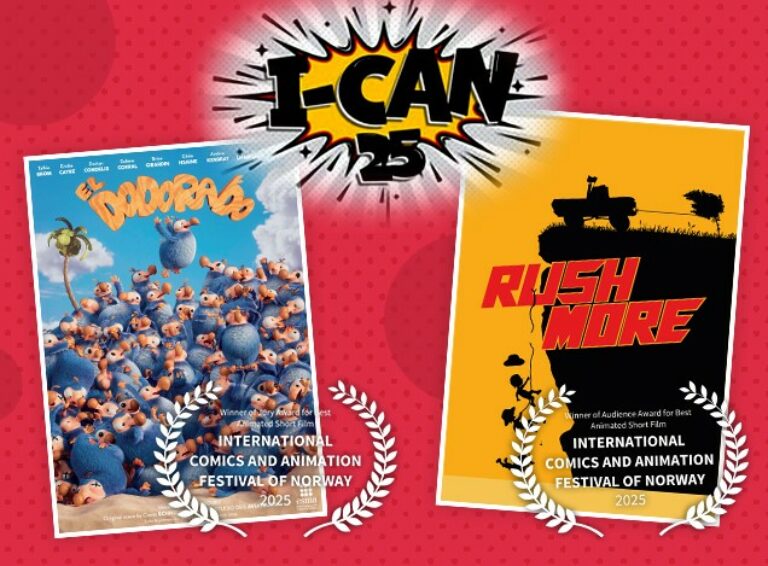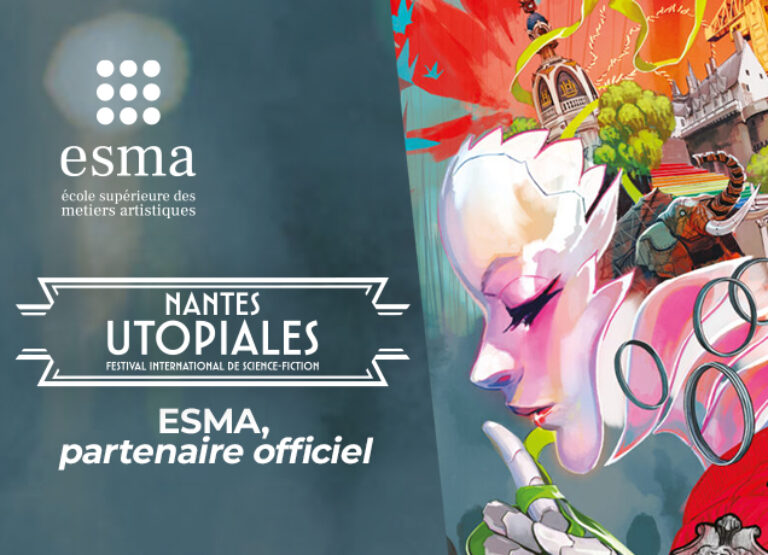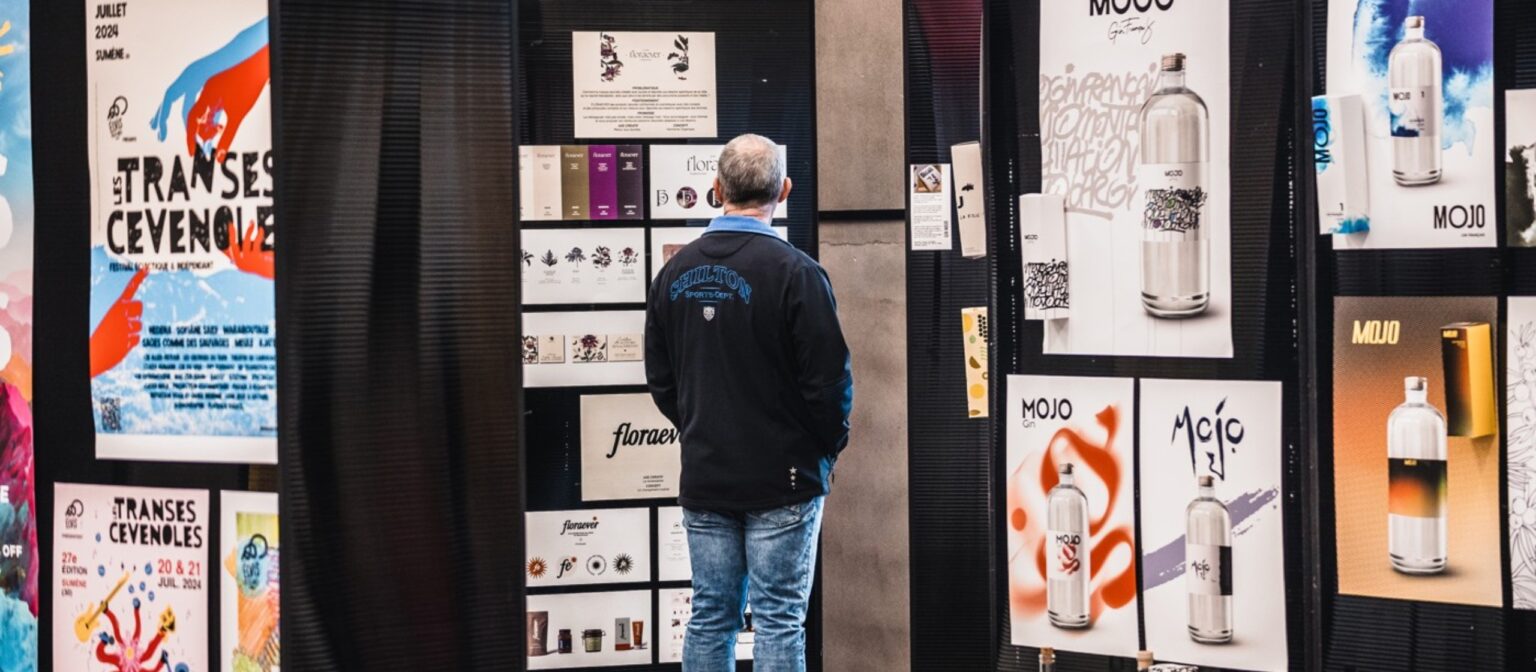
- Published 10.09.2025
- type Thematic news items
- Training Graphic Design
Summarize with:
What is graphic design?
Design is a set of visual concepts used mainly by designers to create aesthetic creations. It is based on a number of principles. The first principle is emphasis, which aims to draw the eye to a particular or focal point. It targets an aspect of the design to highlight it. To do this, it uses various means, which we will look at below. Hierarchy is also used to get people to look at a design.
Graphic design is graphic design and graphic creation. It is the art of combining text with images. It is also visual communication in a marketing context, highlighting the different elements that are conveyed to consumers via visual and graphic elements. Graphic design is the planning and projection of ideas with text and image content.
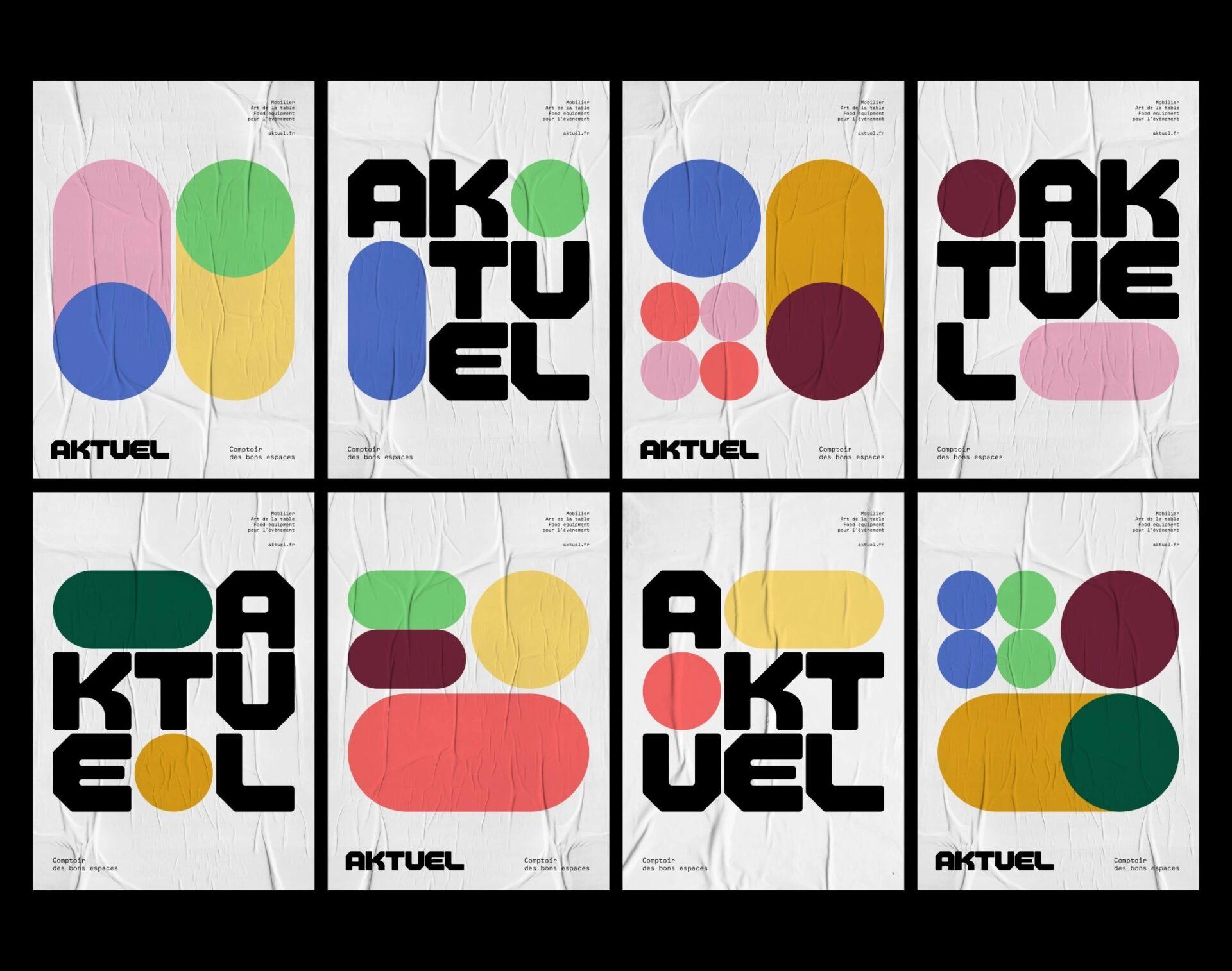
This form of graphic design can be physical or virtual and can therefore include text, images, or graphics. It can be produced on different scales. It can be intended for a small number of people or, conversely, for a very large number of people. It can also be linked to commercial, educational, cultural, or political purposes.
Graphic design is everywhere today, from logos on objects to packaging. It has many uses. First and foremost, it has a recognizable visual identity. It is therefore associated with branding strategy and uses the logo, the “entry point of a brand” (Milton Glaser). It also appears on packaging. And it is part of digital design, which includes web design and mobile app design.

Graphic design will also play an important role in film and television graphics and titles. But also in fashion design and streetwear design. This involves applying design and aesthetics to clothing and accessories. Environmental graphic design is also concerned with graphic design.
Graphic design aims to translate something complicated into a simple, recognisable message.
The history of graphic design
Graphic design has a long history. It’s true that visual communication is as old as humanity itself. Graphic design, defined as such, only really began after the invention of the printing press in 1440, although there is evidence of it as far back as prehistoric times, with cave art.
The first logo can be seen as a crest or symbol representing a family or a territory. These crests represented not only people but also their values, characteristics and the style of the people they illustrated. Street signs indicating the presence of breweries on English streets first appeared in the 14th century.
The real birth of graphic design is linked to the arrival of printing in Europe. The development of images led to mass communication. Printing thus paved the way for a more commercial use of design and gave rise to graphic design.
The first logos appeared in the late 1400s. The first advertisements appeared around 1620. As technology has advanced, graphic design has continued to evolve. The ability to print in colour, or chromolithography, opened up new horizons for advertising as early as 1837.
But it was mainly in the modern era that graphic design developed. The first graphic design agency, the Wiener Werkstätte, was founded in 1903. It brought together a wide range of artists and influenced design standards. This was followed by the Bauhaus, which sought to synthesise existing art forms into a perfect work of art.
The term “graphic design” first appeared in 1922 in an article in the Boston Evening: New Kind of Printing Calls for New Design. It was designer William Addison Dwiggins who used the term to describe his role in managing the visuals of books. The designer Paul Rand pursued and published various theories that influenced design. He emphasised the search for “functional-aesthetic perfection”. Graphic design did not become widespread until after the Second World War.
With the advent of the digital age, graphic design has evolved considerably. The advent of Adobe Photoshop in 1990 changed graphic design. It uses photographs, illustrations and CGI (computer-generated imagery) to create images. This led to the emergence of flat design, for example, featuring bright colours and people reminiscent of cartoons.
The need for graphic communication is growing all the time.
The main elements of graphic design
We have already mentioned the different principles of design. Let’s remember that it’s all about scale plus proportion. Large elements are more important than small ones. Contrast is also important. This is the way in which elements differ or clash. This helps to highlight certain aspects of the design. Then there is repetition, which may or may not be obvious. It can be a common factor in different designs. Movement and rhythm are also components of design. They refer to the flow of the composition and the pursuit of the eye.
When we use 2D visual designs, we have a horizontal axis and a vertical axis. It is therefore important to have a good composition that is balanced and has good alignment. You can also use empty or negative space. This will lighten the composition by spacing out the elements.
Unity is the way in which the different elements are brought together in the design. The different parts must form a harmonious, clear and effective whole. This brings together the notion of visual and conceptual unity. These elements can be combined.
Typography
Typography is ideal for transforming simple text into a work of art. It is important to know how to combine fonts and alignments with spacing, colours and scale. It adds power to the message communicated.
Colours
Colour (and the lack of it) is a particularly important element. A thorough understanding of colour theory is essential to influence design in the best possible way. The right colour is used to catch the eye and convey a message.
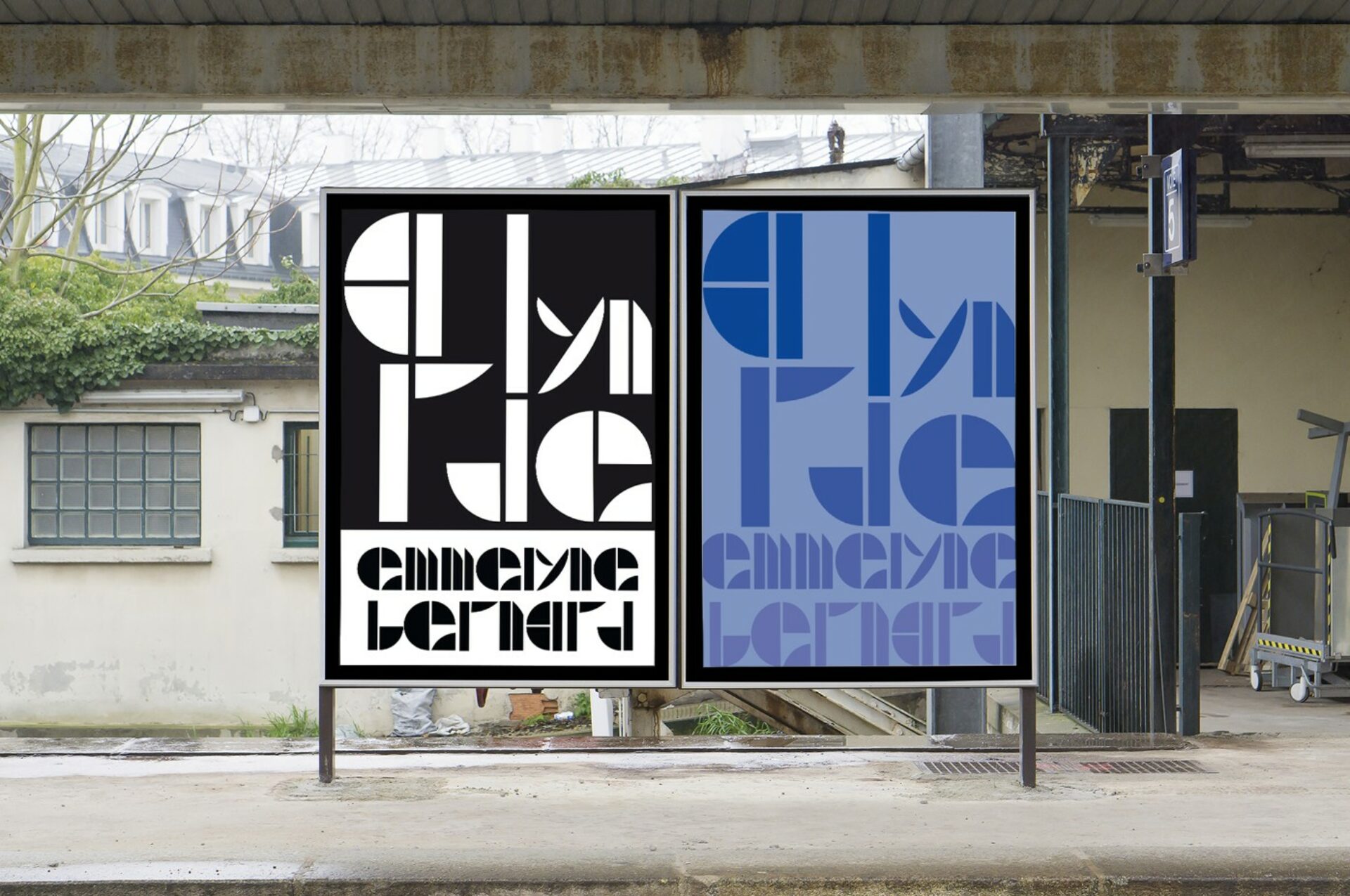
Shapes
Shapes offer numerous possibilities for filling spaces. They also support the content and balance the design.
Composition
A composition can be simple or more complex. But in all cases, it should highlight the subject. Composition allows you to highlight the various important elements.
Visual hierarchy
Knowing how to prioritize the different elements is essential when composing a design. The viewer’s gaze should naturally be drawn first to the most important point. But they should also see the other elements. And this is where prioritization comes in. Knowing how to place the different elements so that they perform their task as well as possible is very important.
Lines
Lines can be straight, curved, thin, or thick, and their role is to allow a designer to separate the content of a layout. They direct the viewer’s gaze.
Texture
Texture gives the impression that even very smooth ads are tangible. The visual aspect is enhanced by textures that add depth.
The different types of graphic design
There are eight types of graphic design. This makes it possible to create an effective visual composition and express an idea. Although the types may overlap, they may require specific skills and techniques. Let’s take a closer look at these different types.
Visual identity
This refers to all the graphic elements that identify a company: logo, color palette, typography, images. The graphic designer must develop a graphic charter as a reference.
Marketing and advertising
This is an effective way to raise awareness and respond to the public’s desires. The graphic designer will need to develop elements that will be useful for marketing strategies. These can include flyers, magazines, posters, brochures, email marketing, social media advertising, etc.
User interface
The UI refers to how users interact with different interfaces. The graphic designer will need to ensure that these interfaces are easy to use but also enjoyable. In terms of graphic design, this corresponds to the visual experience on screen: buttons, menus, micro-interactions, web page design.
Publishing
Although we tend to think of books when we think of publishing, it can also include newsletters, catalogs, magazines, etc. A mastery of layout and graphic design is essential.
Packaging
Packaging design is necessary to communicate various information. It is important to be able to conceptualize.
Animation
This can include moving images as well as audio content, typography, and videos. It can be advertisements, trailers, websites, banners, tutorials, apps, promotional videos, etc.
First and foremost, you need to create a story and then develop concepts through animation.
Environmental
Environmental design involves wall designs, exhibitions, signage in transportation, interior decoration in stores, etc. It is a type of environmental graphic design. It will be useful to define a signage strategy that includes visual cues.
Art and illustration
Often perceived as equivalent to graphic design, art is nevertheless different. Artists create original works, while graphic designers create advertisements for communication purposes. However, these fields are closely related. Art can be found in video games, picture books, album covers, conceptual art, websites, and more.
Techniques and tools used in graphic design
A graphic designer needs tools to work. They will use different software to create suitable illustrations. To create logos, it is essential to use fonts. The Myfonts.com software offers a large library of fonts (and their origins). It is therefore a very useful tool.
The same applies to illustration sources. Graphic designers can use Clip Studio Paint, an easy-to-use resource. Adobe Creative Cloud is a must-have for graphic designers, as it is an ideal tool for design, web content development, and video editing, including Adobe Illustrator and Adobe Photoshop.
Other tools can also be used, such as art supplies, multiple screens, and a high-quality keyboard and mouse.
Differences between graphic design, visual design, and UX design
Graphic design focuses on different visual elements, while UX design offers a much broader experience. It focuses on the interactions between users and products. UX designers focus on user experience design, which goes beyond the visual. Their role includes information architecture and product prototyping. The main difference between these two types of design is their scope. Graphic designers create visual effects, while UX designers create interactions. Graphic designers focus on the brand, while UX designers focus on the user, including their feelings.
The graphic designer’s tasks include collaborating with clients and art directors, creating logos, images, and illustrations, and choosing colors, fonts, and images. The UX designer, on the other hand, identifies the needs, behaviors, and objectives of users. They create user personas. They design site maps and prototypes. To validate designs, they use user testing.
Visual design is often confused with graphic design. However, visual design is more flexible. Visual designers make decisions based on metrics. Their decisions are based on measurements rather than design considerations.
Graphic design professions
We have already talked about graphic designers, but this is not the only job available in this field.
There are other options available to satisfy your creative desires. You can combine graphic and digital design, which is very popular right now. You could become a graphic designer, computer graphics designer, web designer, illustrator, product designer, motion designer (an expert in the field of motion graphics), or even a Fablab manager (3D printer). It is also possible to work as a web designer.
What studies should you pursue to work in graphic design?
To become a graphic designer, it is essential to undergo technical and artistic training. A BTS (visual communication, visual expression, spatial design) will be highly valued.
A BUT MMI (Multimedia and Internet Professions), a professional degree in visual communication, or a bachelor’s degree in graphic design will also provide opportunities to work in the field of graphic design.
You can study at a university or private school specializing in graphic arts, design, or graphic design, such as ESMA, an applied arts school that has been recognized for over 30 years. ESMA offers various courses to become a graphic designer. One example is the three-year multimedia graphic design program, which is registered in the National Directory of Professional Certifications (RNCP) at level 6 (Bac +3/4).
This specialized graphic design course teaches students how to define a graphic identity and effectively present their creative proposals. In addition, graphic designers must be creative, adaptable, and have excellent interpersonal skills.
